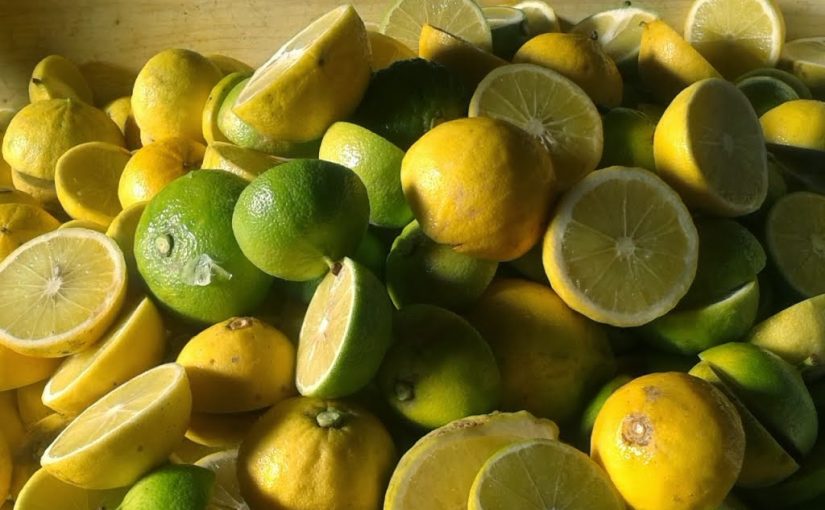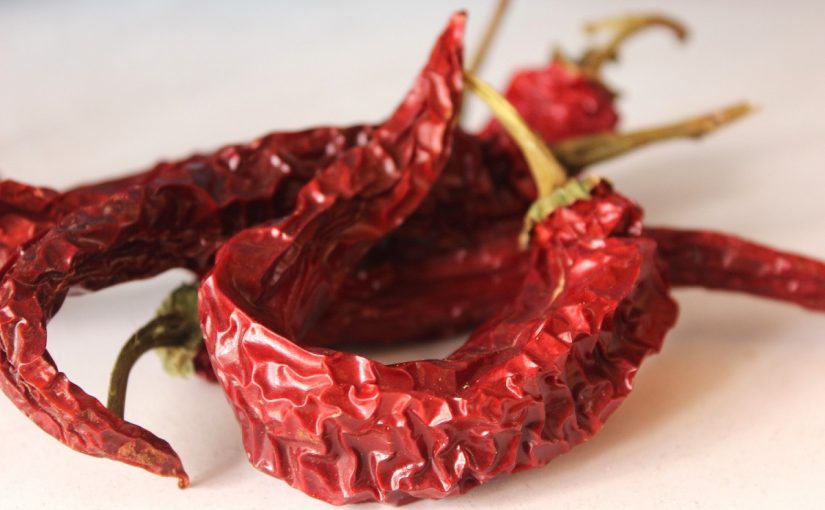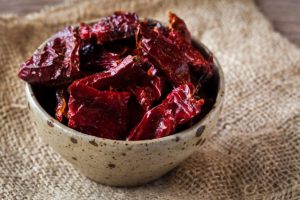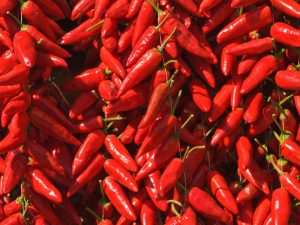26.05.2018
A COASTAL FRUIT: Perfume of Mediterranean Sea
Ouside the region of Calabria, bergamot is known as the citrus fruit that gives Earl Grey tea, with a distinctive flavour, and as a natural essential oil that is extracted from bergamot skins.
Nowadays, bergamot groves run from the background of the coastal land to the deep seas off Calabria’s coast and, under the branches of their low-hanging tree, hide the mystery of a creature surely grown elsewhere, which only in this area gives us the perfection of its essential oils.
Under its skin bergamot holds up a yellow bergamot fruit and a stream of liquid that smells lemon sharp with soft notes of orange. That liquid is an oil highly recommended for aromatherapy treatments and having strong antiseptic and anti-bacterial properties. Unfortunately, apart from its healing properties, the oil does have one side-effect: put on human skin and then exposed to sunlight, it causes discolouring and burning.
AN AMAZING BOTANICAL WONDER
In the Mediterranean Bergamot is well-known for several centuries and described as early as 1708. maybe Bergamot is a hybrid of sour orange and citron or lemon. It has usually been assumed that the real ancestor was the lemon, but Chapot has presented rather convincing evidence in support of the conclusion that some kind of acid lime was the other parent. For sure we can only say that the distinctive aroma of bergamot oil occurs also in the limettas (C. limetta Risso) of the Mediterranean basin (this limetta is often incorrectly referred to as bergamot).
The fruits contain few seeds and they are monoembryonic in nature. Its season of maturity is late winter. There are several named cultivars of Bergamot grown in Italy, namely, Castagnaro, Fantastico, and Femminello.
Only the Calabrian tree is small to medium at maturity, thornless, and somewhat spreading in habit, while the fruit is medium in size and variable in shape with obovoid most commonly occurring form. The flesh is pale yellow, acidic, and has a moderate juice content. The yellow rind has a slightly rough texture and a distinctive rind oil.
It has commonly been regarded as a botanical variety of C. aurantium , but the tree is moderately vigorous, the leaves are large and somewhat like the lemon in color, form, and emargination.
The flower buds and flowers are medium-large and pure white and there is but one bloom. A distinctive characteristic of both foliage and fruits is the strongly pungent and agreeably aromatic oil, which is similar to that of the sour orange leaf, though the rind oil of the latter is different.
AN INDUSTRIAL ADVENTURE
Nobody knows why the commercial culture of this fruit, which is grown primarily for the rind oil, is virtually confined to the province of Calabria in southern Italy. Here the most recent statistics indicate a total planting of approximately 7,500 acres. It is quite strange why the industrial adventure or Bergamot is limited to a small area of the region. In fact, it is possible say that the tree grows and bears well in Sicily and in portions of North Africa and elsewhere, but it is a mystery why the oil is inferior in quality and not profitable, when coming from these areas.
At the same time, the diffusion of Bergamot oil is commercially important, given that it constitutes the base of cologne water (eau de cologne), a globally known product and, perhaps, the most widely used toilet water in the world. Another minor use of Bergamot is the petit grain oil, another product of minor importance, distilled from the leaves and young growth. Another is the highly acid juice derived from the oil extraction process, a citrate of lime or citric acid employed as antiseptic.
Of course, bergamot oil essence has many other perfumery uses, but the main employment of Bergamot, according to Chapot (1962) is the cologne water first developed in Cologne in 1676 by an Italian emigrant, Paolo Feminis. This obscure emigrant began the refinement of oil and the product was also commercialized by his son-in-law, Gian Maria Farina. Thus, the first manufacture dates back to 1709.




